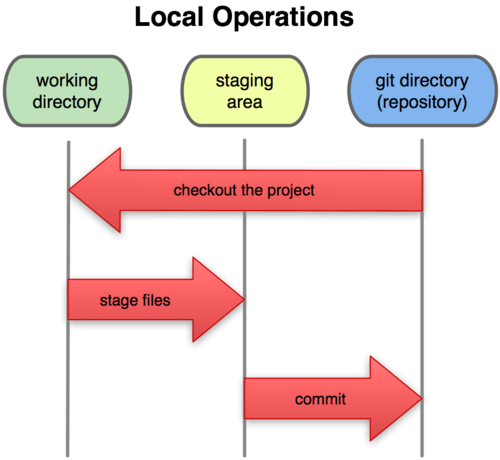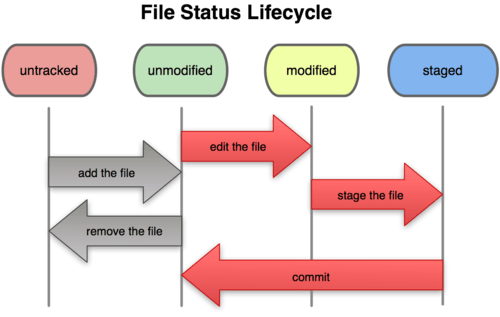This just a log for me (& may be others) to remind me how to generate random passwords on Linux terminal. pwgen is a useful command which can generate both pronounceable and secure passwords. There a few other creative ways to generate random text/password on linux terminal, but pwgen is specially designed for the task and is the most handy.
The usage is quite simple:
Generate 6 random (pronounceable) passwords of length 20.
Generate 6 random (secure) passwords of length 20.
Generate 6 random passwords of length 20 with special characters.
Generate 6 random (secure) passwords of length 20 with special characters.
Lastly, here is the pwgen help text:
pwgen [ OPTIONS ] [ pw_length ] [ num_pw ]
By default, pwgen generates pronounceable passwords. For secure password use -s option. The pwgen man page describes more options. Here are some example outputs:Generate 6 random (pronounceable) passwords of length 20.
$ pwgen 20 6
fei7hohS9co6ahkua2ei chaiFoo2eaLedei9Oosi Ainuu5eehie5ae1eecae
co6quahbaiPahSh1good fah6Daer7geepae0teef queeLahl9us7sushawie
Generate 6 random (secure) passwords of length 20.
$ pwgen -s 20 6
PTbQ8Nc8gIJ5sHrKM0gS pMI8R8KK0MrnCd4UCEhe 25KcqpYiQTOFYf7PHwoN
ztClxu7CQiOOVPgNJFHa yKnc1obXyXLvmPmLAVWA L1fMNHRRHiC2MNWS6j2Z
Generate 6 random passwords of length 20 with special characters.
$ pwgen -y 20 6
EN5eb2eyuz2ohNgir}ei yah>l9ainohWah8afaiJ Jue-dah3quoo8wee9foh
ul)eoWie3Ees;aeh(ees pheehie+Zanahw~eiP5g dath5oozaht0fei&F4Xi
Generate 6 random (secure) passwords of length 20 with special characters.
$ pwgen -s -y 20 6
JSt]pL1UV)`u>Rz%;]Ei yx-sWF#pm_ci?(w|D0pd [#W%%E%oP7vQ~U%?#L<9
:~Y:Z?LH''aHH&A$zJ4w zZ5vZH+ABm!k;S_b^#cb c"zpT6l1HI_"ENSuNAkw
Lastly, here is the pwgen help text:
$ pwgen --help
Usage: pwgen [ OPTIONS ] [ pw_length ] [ num_pw ]
Options supported by pwgen:
-c or --capitalize
Include at least one capital letter in the password
-A or --no-capitalize
Don't include capital letters in the password
-n or --numerals
Include at least one number in the password
-0 or --no-numerals
Don't include numbers in the password
-y or --symbols
Include at least one special symbol in the password
-s or --secure
Generate completely random passwords
-B or --ambiguous
Don't include ambiguous characters in the password
-h or --help
Print a help message
-H or --sha1=path/to/file[#seed]
Use sha1 hash of given file as a (not so) random generator
-C
Print the generated passwords in columns
-1
Don't print the generated passwords in columns
-v or --no-vowels
Do not use any vowels so as to avoid accidental nasty words









